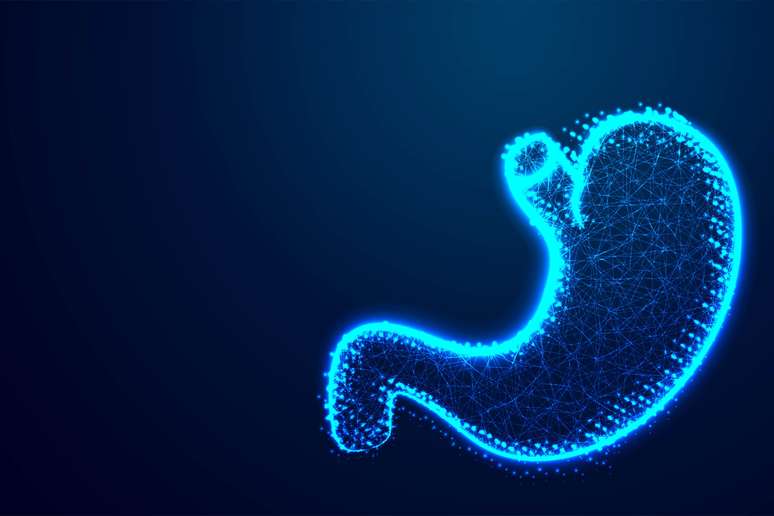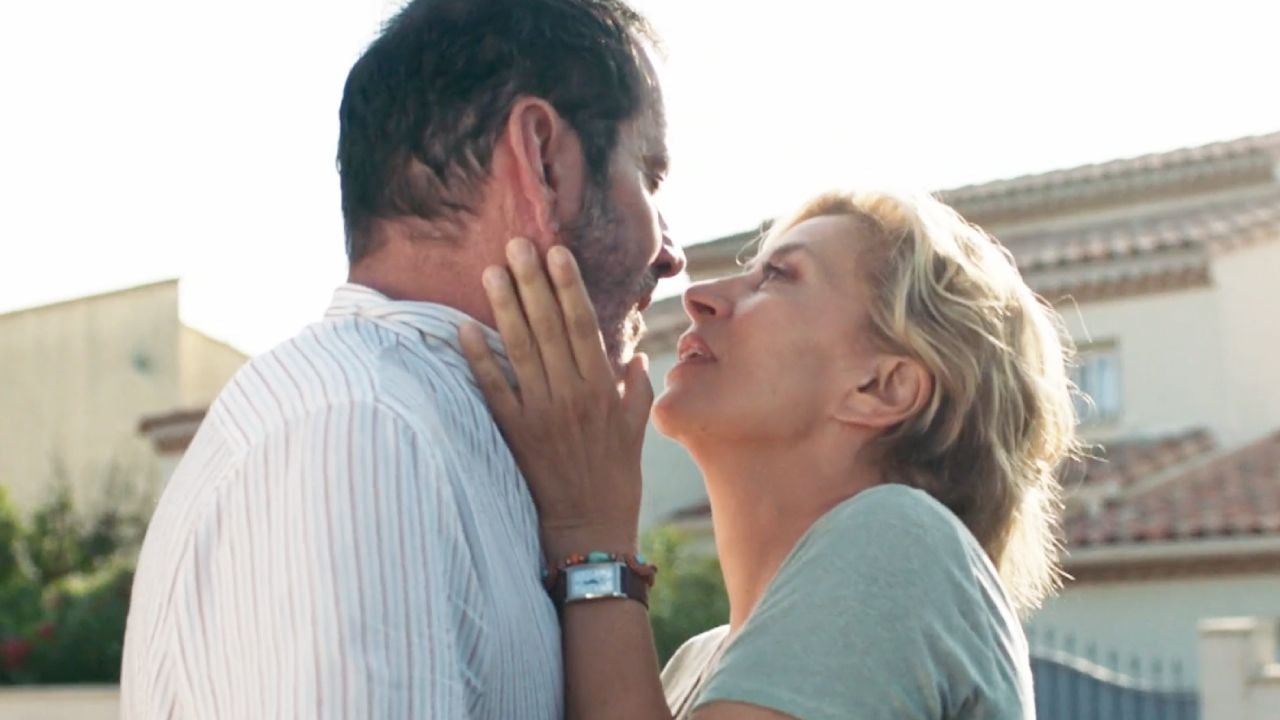Serious and silent, pancreas cancer is not very commented, however, detecting its symptoms is quickly crucial in the treatment
Although it is one of the most serious forms of cancer, pancreas cancer is still little spoken – and is often discovered only in advanced phases.
However, doctors strengthen that paying attention to the signs of the body and looking for medical care in the face of persistent symptoms can make a difference against cancer.
Dr. Murillo Utrini, a surgeon specialized in pancreatic and bile diseases, explains that early diagnosis is difficult but possible. “Pancreas cancer usually does not initially cause very clear symptoms, but when we can discover soon, we have significantly increased the chances of success in the treatment,” he says.
Signs that deserve attention
Some symptoms, even if they seem common, should not be ignored, especially persistent ones. They are: continuous abdominal pain, weight loss without apparent reason, yellowish skin and eyes (jaundice), lighter stools, dark urine and frequent nausea.
“These signs often appear when the disease is already more advanced. But in some people, in particular those with risk factors such as family history, inflammation of the pancreas (chronic pancreatitis) or some genetic changes, you can study before and discover soon”, explains the doctor.
The importance of follow -up medical
Exams such as tomography, magnetic resonance imaging and ecoenoscopy help in diagnosis, but are not suitable for anyone. “These tests should be requested by a qualified professional after a careful evaluation of the symptoms and history of patients”, strengthens Dr. Murillo.
It is interesting to note that, according to recent guidelines, the monitoring of pancreas cancer is not recommended for the general population, since the incidence is still considered low, although it is growing. However, some specific groups have a higher risk and, in these cases, medical surveillance can be fundamental.
People with genetic changes known as mutations in the BRCA1, BRCA2, ATM, CDKN2A and PALB2 OO syndromes such as Peutz-Jeghers, hereditary pancreatitis, Lynch syndrome (when there are close relatives with pancora cancer) and family, are part of this risk group. Even families with two or more cases of illness between relatives of first degree deserve special attention.
In these situations, surveillance should be performed regularly, usually once a year, using exams such as magnetic resonance imaging and eco -secret. “The identification of small and alcoholic lesions to the pancreas significantly increases the possibilities of a more effective and less aggressive treatment”, strengthens the expert.
Technological treatment and care
When surgery is indicated, modern and less invasive techniques – such as videolaparoscopy and robotic surgery – allow more accurate procedures, with less pain and faster recovery.
“Each patient is unique. Therefore, we carefully evaluate the best approach for each case. In some situations, we combine surgery with other treatments, such as chemotherapy, always in collaboration with an oncologist,” says Murillo.
Saved life information
Since pancreas cancer is often silent at the beginning. It is essential that people are aware and that health workers are ready to guide and investigate when necessary.
“It is important to listen to the body. Take serious pains that is not overcome, weight loss without explanations and persistent changes in the functioning of the intestine or appetite. The early diagnosis can change the course of the disease – and this begins with information and treatments”, concludes the expert.
Source: Terra
Rose James is a Gossipify movie and series reviewer known for her in-depth analysis and unique perspective on the latest releases. With a background in film studies, she provides engaging and informative reviews, and keeps readers up to date with industry trends and emerging talents.






